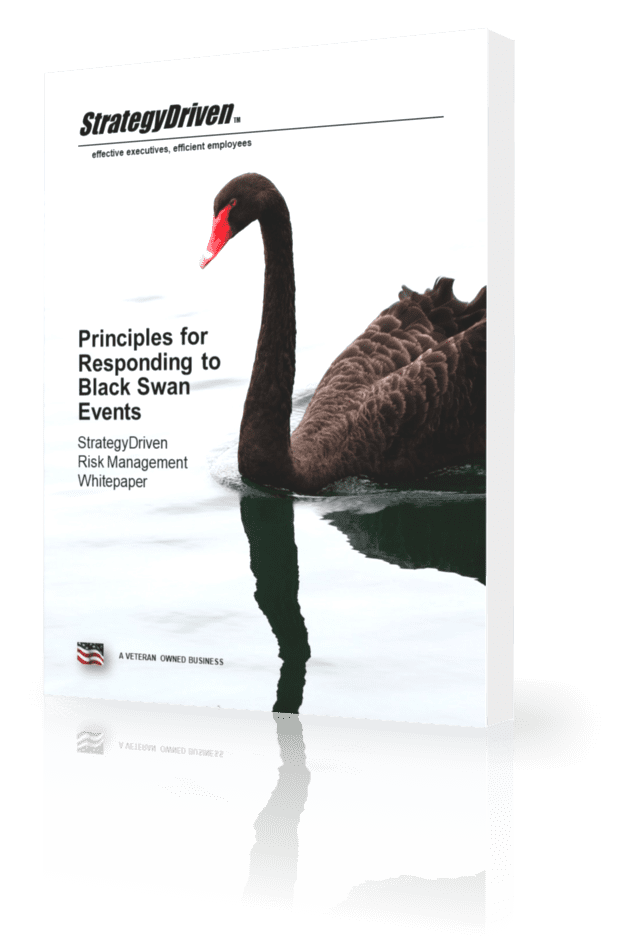Creating Customer Focused Teams, Part 3
Developmental Stage Movement
In time, Stage 1 teams arrive at Stage 2. Stage 2 teams will either get stuck in Stage 2 or move on to Stage 3. Stage 3 teams can slip back into Stage 2 or move on to Stage 4. Progress or slippage depends on whether the team builds on its momentum or rests on its laurels. In Stage 4, the team can move on through consistent improvement or slip back by becoming arrogant and overconfident. Keep in mind that none of these stages are good or bad. They are necessary stepping-stones in the process that leads to high performance.
Hi there! This article is available for free. Login or register as a StrategyDriven Personal Business Advisor Self-Guided Client by:
Subscribing to the Self Guided Program - It's Free!
About the Author

. With a background in psychotherapy, Hodes also has an MBA from Northwestern University and a Masters in Clinical Social Work. More info: [email protected] or www.cmiteamwork.com.










Leave a Reply
Want to join the discussion?Feel free to contribute!